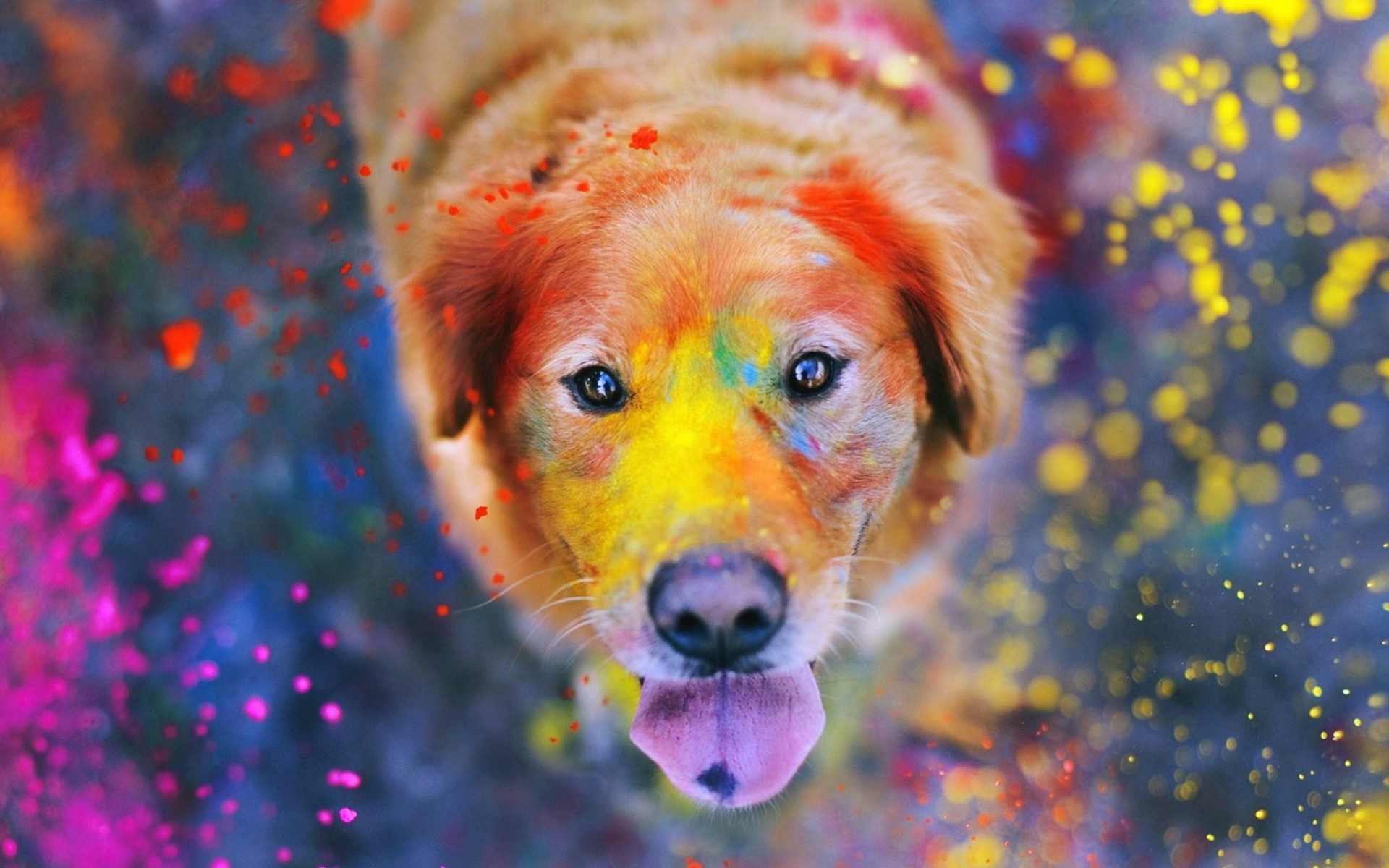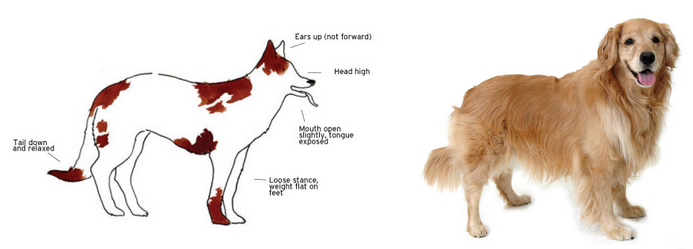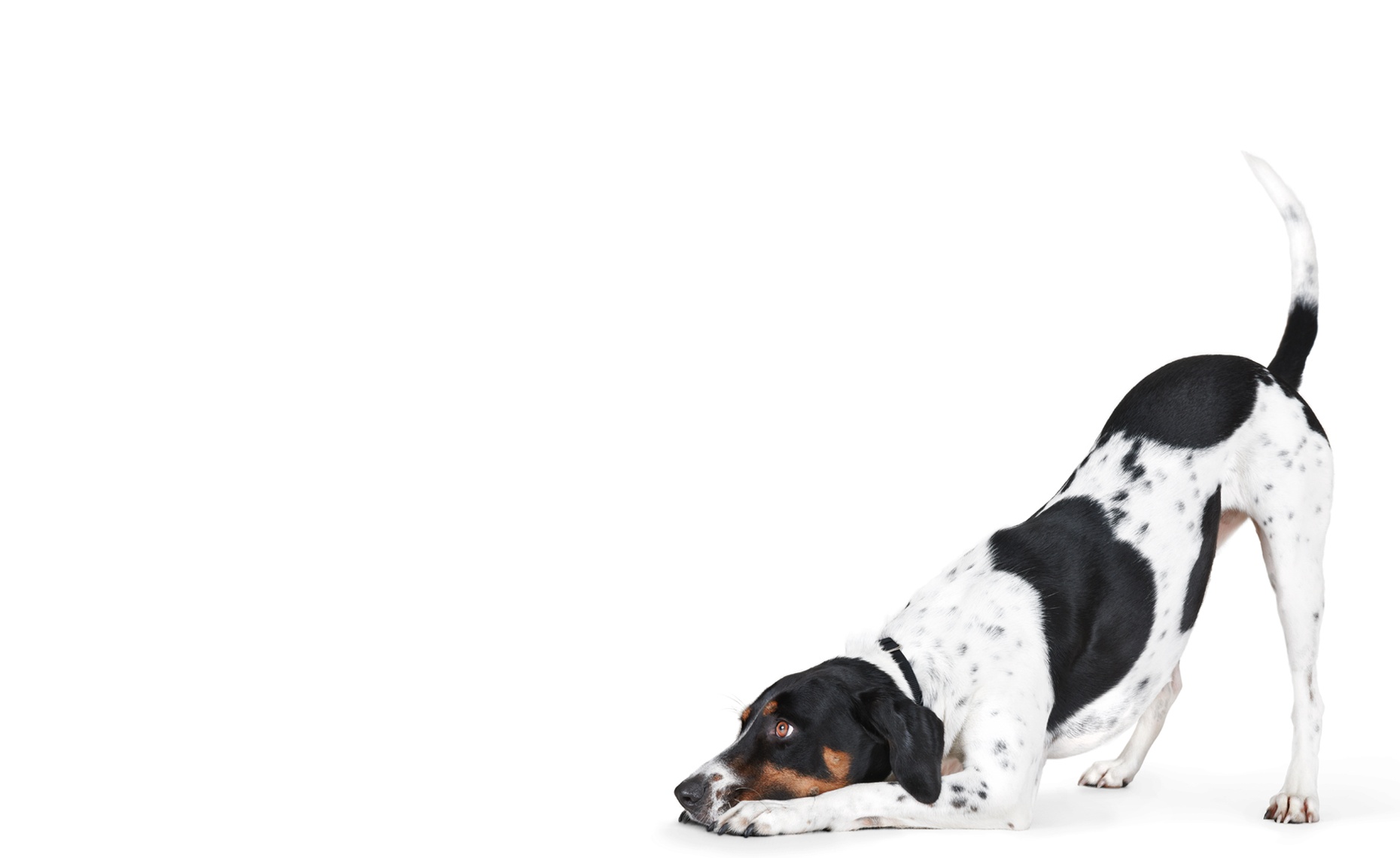
Dogs often speak but many owners miss out on the message. This is because they reach out in a language that few understand. Our canine friends often communicate their emotional state and their intentions through their facial expressions, body postures or certain movements of specific body parts.
Understanding what your dog is putting across gives you plenty of useful information and a heads up of their next course of action. For example, you can tell when your dog is agitated and nervy about what is going on and might be ready to snap at someone, simply by looking at the dogs face and entire body. Read on and watch the video at the end to better understand your dog’s body language.
A dog that is content and not threatened by any activities that surround it will often have a loose stance, slightly open mouth with the tongue slightly exposed. The head is usually held up high and its tail facing downwards.

If the dog notices something that is unknown he/she would change the posture and raise their tail to a horizontal position, twist their ears forward, widen their eyes and stand with their heads moderately raised to assess the situation and know if there is a threat.
To display their dominance and readiness to be aggressive, dogs often display the following characteristics: A raised tail that is stiff, forward twisted ears, raised the head, open mouth displaying the teeth and gums, a wrinkled nose and stiffened legs with a slight forward lean.

Occasionally, your dog may come into contact with new environments or other dogs that may be bigger and in a neutral environment. To the new acquaintance, your dog may be hesitant to display friendship or dominance and may display more of careful aggression. In such a case the dog will have its head lowered and ears bent backwards. You may notice some raised hackles but the body is generally lowered and tail tucked. Such a dog communicates that though it is frightened, it can be aggressive if pressed.
To understand invitation to play by a dog look out for the following signs: Lowered front end with bent forelimbs, raised ears twisted forward, pupils are slightly dilated, and the tail is up and wagging. Hind limbs are raised to form a forward lean and the dog will often break into playful runs.

Although dogs cannot speak using words, understanding your dog’s body language will open up a whole new communication channel to enhance your relationship.